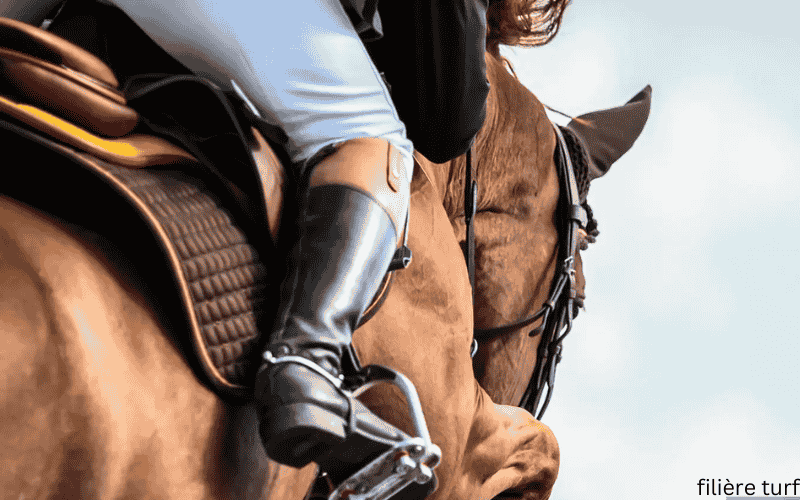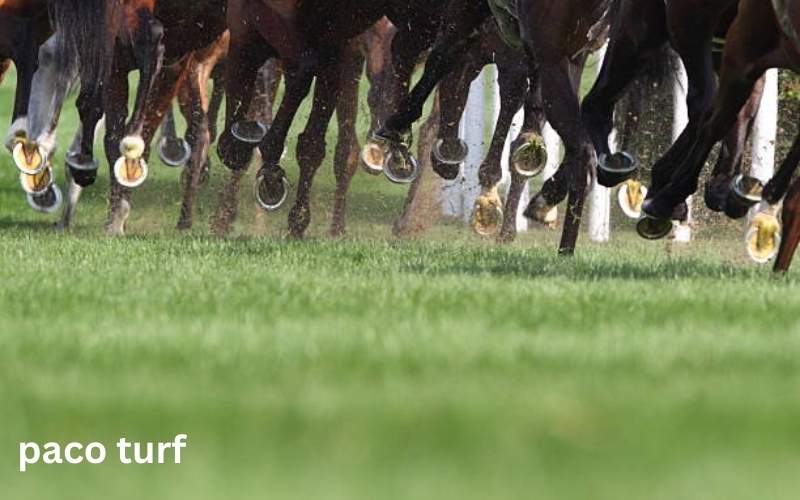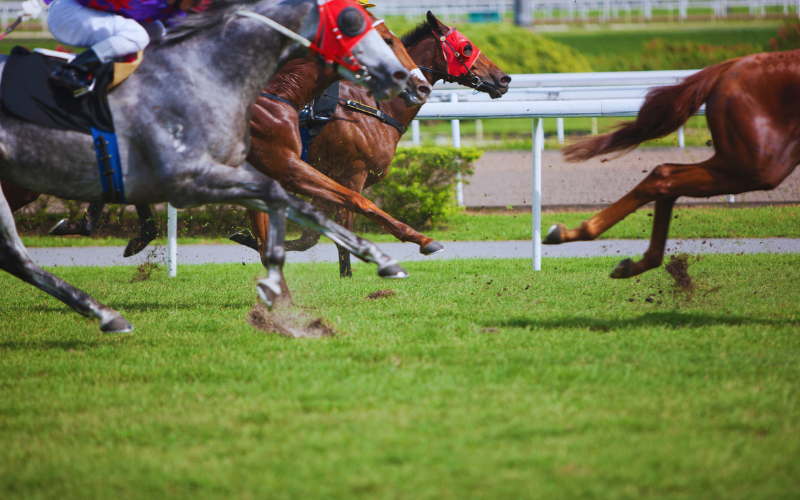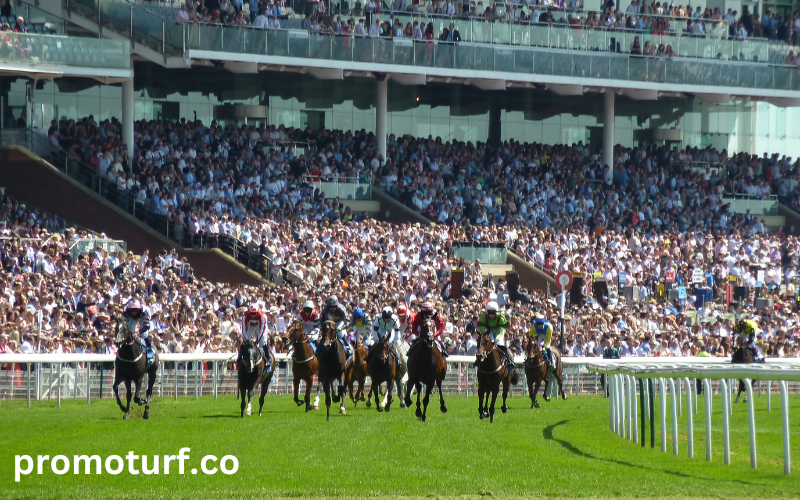Meta Description:
Learn about the filière turf, a fascinating aspect of the French horse racing and betting industry. Discover its origins, how it works, its benefits, and the key players involved. This guide covers everything you need to know about the filière turf, from betting strategies to its impact on the economy.
Understanding the World of Filière Turf
The term filière turf refers to the complex ecosystem of horse racing and betting in France. It encompasses not only the racetracks but also the entire supply chain involved in making the sport successful. This includes breeders, trainers, jockeys, bettors, and organizations that manage races. As one of France’s most important sectors, filière turf has a deep historical background and plays a significant role in the country’s economy.
In this article, we will dive into the world of filière turf, explaining its structure, how it operates, its economic influence, and what it means for the average bettor.
What is Filière Turf?
Filière turf refers to the entire network surrounding horse racing, including breeders, trainers, owners, and bettors, which contributes to the success and growth of the industry.
Components of Filière Turf
The filière turf consists of many interdependent sectors, from horse breeders to betting operators. Each part plays a crucial role in maintaining the smooth running of the horse racing industry in France.
Key Stakeholders
The key players involved include the racing authorities, track owners, race organizers, and participants such as jockeys and trainers. All these elements work together to keep the sport profitable and exciting.
How Does Filière Turf Work?
The filière turf operates like a well-oiled machine, involving many stakeholders working in sync to ensure the smooth running of events and betting.
Horse Breeding and Training
At the heart of filière turf are the horse breeders who produce top-quality racehorses. These horses are then trained by specialized trainers who prepare them for various races.
Racing Events and Betting
Once the horses are ready, races are organized, and betting opportunities are made available. This is where the public can place bets on their favorite horses, contributing to the revenue generated by the filière turf.
Why is Filière Turf Important to the Economy?
The filière turf plays a pivotal role in France’s economy. Beyond the entertainment and sports value, it provides jobs, revenue, and global recognition.
Job Creation and Employment
The horse racing industry, including breeders, jockeys, trainers, and betting operators, creates thousands of jobs. It’s a highly specialized field, offering both seasonal and permanent work opportunities.
Revenue Generation
The betting aspect of filière turf generates significant income, which contributes to the economy through taxes, racing event revenues, and tourism from international races.
What are the Key Races in the Filière Turf?
Several prestigious horse races define the French filière turf, drawing international attention and significant betting activity.
The Prix de l’Arc de Triomphe
The Prix de l’Arc de Triomphe is one of the most prestigious horse races in France, held annually at Longchamp Racecourse in Paris. It draws horses and jockeys from around the world and is one of the highlights of the filière turf calendar.
The Grand Prix de Paris
Another important race in the filière turf is the Grand Prix de Paris, which attracts both local and international talent. It is considered one of the most important races for three-year-olds.
How Does Betting Work in Filière Turf?
Betting is a cornerstone of the filière turf, with a variety of betting options available to the public. It’s a large and growing market, with both casual and professional bettors participating.
Types of Bets
The most common types of bets in filière turf include win bets, place bets, and exotic bets like trifectas. Bettors can choose to wager on single races or multiple races.
Online Betting Platforms
With the growth of technology, online betting has become an essential part of the filière turf. Dedicated platforms allow users to place bets on races from anywhere in the world.
What is the Impact of Filière Turf on Society?
The filière turf has a significant social impact, as it brings together people from all walks of life. It also raises awareness about animal welfare and sustainable practices.
Social Engagement and Community Building
Horse racing events offer a social space for families, tourists, and horse racing enthusiasts to come together. It fosters community involvement and creates a shared passion for the sport.
Focus on Animal Welfare
As part of the filière turf, there’s growing awareness around the ethical treatment of racehorses. Many organizations focus on ensuring the well-being of horses, both on and off the track.
What Are the Challenges Facing Filière Turf?
While filière turf remains a vital sector in France, it faces several challenges that could affect its future growth and sustainability.
Regulatory Issues
The sector is heavily regulated, and changes in government policy can have a significant impact on how races are organized and how betting operates. Regulatory changes can affect both revenue generation and public engagement.
Economic Pressures
Economic downturns can reduce betting activity, which in turn affects the revenue generated by the sector. The filière turf must adapt to market fluctuations and maintain its attractiveness.
How Does Filière Turf Compare to Other Countries?
France is not the only country with a thriving horse racing and betting industry. Comparing the filière turf to other countries can highlight its uniqueness and challenges.
Horse Racing in the UK
The UK has a long-standing horse racing tradition, with famous races like the Grand National. While the UK and France share a similar love for the sport, the betting systems and race organizations differ.
Horse Racing in the USA
In the USA, horse racing is widespread, with iconic races such as the Kentucky Derby. However, the betting and horse breeding structures in the US are quite different from those in France.
Filière Turf: Key Figures and Stakeholders
Several key figures and organizations play an instrumental role in shaping the filière turf industry.
Leading Trainers and Jockeys
Top trainers like André Fabre and legendary jockeys such as Christophe Soumillon have made their mark on French racing, contributing to the success of filière turf races.
Betting Organizations
In addition to traditional bookmakers, major online betting platforms like PMU (Pari Mutuel Urbain) play a huge role in driving revenue for the filière turf sector.
How to Get Involved in Filière Turf?
For those interested in becoming part of the filière turf, there are multiple entry points to get involved, from betting to becoming a horse breeder.
Start by Betting
For newcomers, the simplest way to get involved is by placing bets. Learning the various betting strategies and understanding the race types can help you make informed decisions.
Pursue a Career in the Industry
For those looking to build a career, positions in horse training, breeding, and racing event management are always in demand. Specialized education in equine management can provide a pathway to entering the field.
Chart: Key Races in Filière Turf
Here’s a quick overview of some of the most important races in the filière turf, which hold significant weight in both French and international racing:
| Race Name | Location | Type | Prize Pool |
|---|---|---|---|
| Prix de l’Arc de Triomphe | Longchamp, Paris | Flat race, Group 1 | €5 million |
| Grand Prix de Paris | Longchamp, Paris | Flat race, Group 1 | €1.5 million |
| Prix de Diane | Chantilly, France | Flat race, Group 1 | €1.5 million |
| Prix Morny | Deauville, France | Sprint race, Group 1 | €500,000 |
| Grand Steeple-Chase de Paris | Auteuil, Paris | Steeplechase, Group 1 | €850,000 |
Conclusion
The filière turf is an essential part of France’s cultural and economic landscape. From horse breeders and jockeys to bettors and organizations, it represents a deeply interconnected ecosystem that contributes significantly to the national economy. With prestigious races, an expanding betting market, and continuous growth, the filière turf remains a vital and dynamic sector in France’s sporting heritage.
Frequently Asked Questions
1. What does filière turf mean?
The term filière turf refers to the entire network surrounding the horse racing industry, including breeders, trainers, jockeys, and bettors.
2. How can I participate in filière turf?
You can participate in filière turf by betting on races or pursuing a career in horse training, breeding, or event management.
3. What are the most famous races in filière turf?
Some of the most prestigious races include the Prix de l’Arc de Triomphe, Grand Prix de Paris, and Prix de Diane.
4. How does betting work in filière turf?
Betting in filière turf involves placing wagers on horse races through traditional bookmakers or online platforms.
5. What is the economic impact of filière turf?
The filière turf generates significant revenue through betting, job creation,



